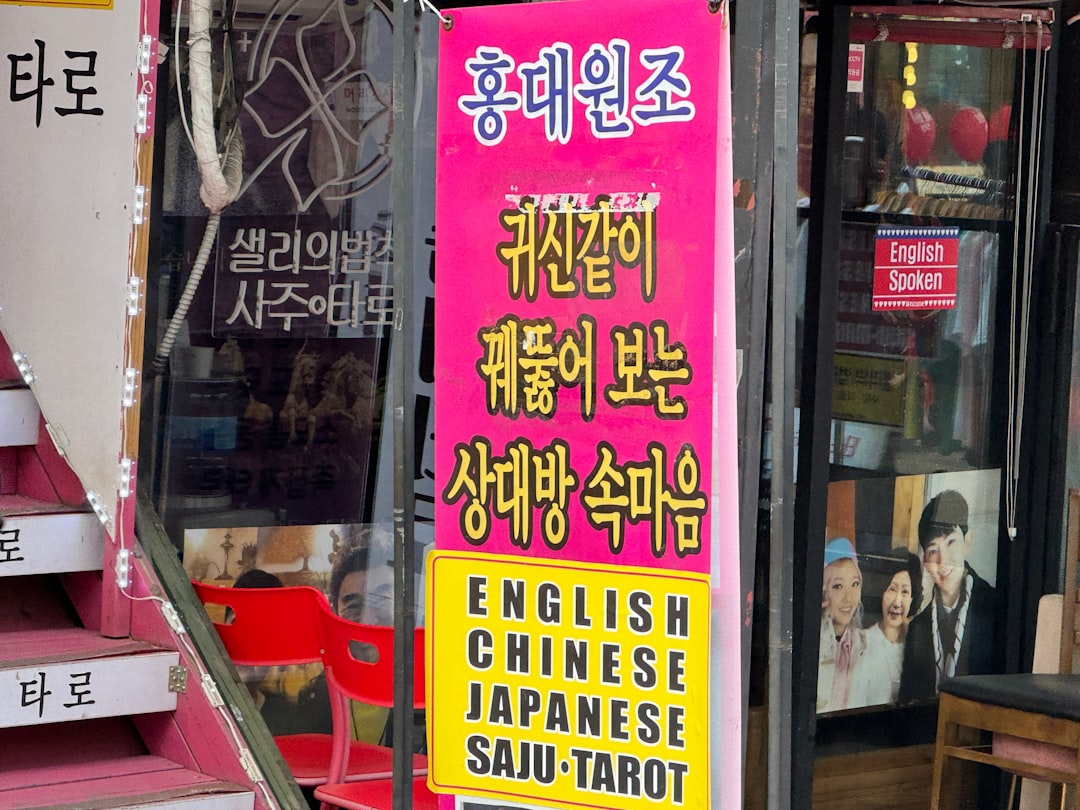Essential Korean Language Phrases: A Beginner’s Guide
Korean (한국어, Hangugeo) is the official language of both South Korea and North Korea, spoken by over 75 million people worldwide. As Korea’s recognition and influence grow globally, more people are interested in learning its language, whether for travel, work, or cultural appreciation. While learning any language may seem daunting, starting with fundamental phrases is the best way to build confidence and groundwork for future fluency.
This article introduces you to the most essential Korean phrases, pronunciation tips, and usage notes, with convenient tables to help organize your learning.
The Korean Alphabet: Hangeul
Before diving into phrases, let’s touch on Hangeul (한글), the Korean alphabet. Hangeul is logical and phonetic, consisting of 14 basic consonants and 10 basic vowels. However, for this article, we’ll mostly use Romanization alongside Hangeul for ease.
Pronunciation Guide
Some basic rules:
- “eo” = similar to “uh” in “sun”
- “eu” = close to “oo” in “good”
- “ae” & “e” = closer to “e” in “met”
- Final consonants are often soft or silent
1. Basic Greetings and Polite Words
Koreans put a strong emphasis on politeness, especially towards strangers, elders, and in formal situations.
Greetings
| English | Korean | Romanization | Notes |
|---|---|---|---|
| Hello (formal) | 안녕하세요 | Annyeong haseyo | Common, polite |
| Hello (casual) | 안녕 | Annyeong | Only with friends/younger |
| Goodbye (leaving) | 안녕히 계세요 | Annyeonghi gyeseyo | You leave, they stay |
| Goodbye (staying) | 안녕히 가세요 | Annyeonghi gaseyo | They leave, you stay |
| Good morning | 좋은 아침입니다 | Joeun achim imnida | Rare (not common greeting) |
| Good night | 잘 자요 | Jal jayo | Soft, informal polite |
Politeness Essentials
| English | Korean | Romanization | Notes |
|---|---|---|---|
| Thank you | 감사합니다 | Gamsahamnida | Polite/formal |
| Thank you (casual) | 고마워요 | Gomawoyo | To acquaintances |
| Please | 제발 | Jebal | Used only for pleading; instead, add "-세요" (-seyo) to verbs |
| Excuse me (attention) | 저기요 | Jeogiyo | To get attention |
| Sorry | 죄송합니다 | Joesonghamnida | Very polite |
| Sorry (casual) | 미안해요 | Mianhaeyo | Less formal |
| Yes | 네 | Ne | Sounds like “deh” |
| No | 아니요 | Aniyo |
2. Introducing Yourself
Making simple self-introductions is an important first step.
| English | Korean | Romanization | Notes |
|---|---|---|---|
| Nice to meet you | 만나서 반갑습니다 | Mannaseo bangapseumnida | Very polite |
| My name is ___ | 제 이름은 ___이에요 | Je ireumeun ___ ieyo/예요 | -ieyo (after consonant), -yeyo (after vowel) |
| I am from ___ | 저는 ___에서 왔어요 | Jeoneun ___eseo wasseoyo | ___ = country/city |
| How are you? | 잘 지내세요? | Jal jinaeseyo? |
3. Essential Everyday Phrases
Asking Basic Questions
| English | Korean | Romanization | Notes |
|---|---|---|---|
| What is this? | 이거 뭐예요? | Igeo mwoyeyo? | |
| Where is ___? | ___ 어디에 있어요? | ___ eodie isseoyo? | |
| How much is it? | 얼마예요? | Eolmayeyo? | |
| Do you speak English? | 영어 할 수 있어요? | Yeongeo hal su isseoyo? | |
| I don’t understand | 이해하지 못해요 | Ihaehaji mothaeyo |
Useful Travel Expressions
| English | Korean | Romanization | Notes |
|---|---|---|---|
| Restroom | 화장실 | Hwajangsil | Sign/ask |
| Water | 물 | Mul | |
| Please give me ___ | ___ 주세요 | ___ juseyo | “Juseyo” = please give |
| Help! | 도와주세요 | Dowajuseyo | Emergency |
4. Numbers (1–10)
Understanding numbers is crucial for shopping, transport, and time. Korea uses two systems: native (for age, counting) and Sino-Korean (for dates, money, phone numbers). Here, we introduce the Sino-Korean:
| Number | Korean (Sino) | Romanization |
|---|---|---|
| 1 | 일 | il |
| 2 | 이 | i |
| 3 | 삼 | sam |
| 4 | 사 | sa |
| 5 | 오 | o |
| 6 | 육 | yuk |
| 7 | 칠 | chil |
| 8 | 팔 | pal |
| 9 | 구 | gu |
| 10 | 십 | sip |
5. Social Etiquette Basics
- Honorifics: Use polite speech (-요, -니다) with strangers and elders.
- Bowing: A slight bow is a common greeting/agreement gesture.
- Two hands: Both hands to give/receive items shows respect.
6. Quick Reference Table
Here is a compact table for quick review when you’re on the go:
| English | Korean | Romanization |
|---|---|---|
| Hello | 안녕하세요 | Annyeong haseyo |
| Thank you | 감사합니다 | Gamsahamnida |
| Sorry | 죄송합니다 | Joesonghamnida |
| Yes / No | 네 / 아니요 | Ne / Aniyo |
| My name is… | 제 이름은 ___이에요 | Je ireumeun ___ ieyo |
| Where is…? | ___ 어디에 있어요? | ___ eodie isseoyo? |
| How much? | 얼마예요? | Eolmayeyo? |
7. Practice Example Dialogue
Scenario: Meeting someone new
A: 안녕하세요! (Annyeong haseyo!) – Hello!
B: 안녕하세요. 만나서 반갑습니다! (Annyeong haseyo. Mannaseo bangapseumnida!) – Hello. Nice to meet you!
A: 제 이름은 Alex예요. (Je ireumeun Alex-yeyo.) – My name is Alex.
B: 저는 Mina예요. (Jeoneun Mina-yeyo.) – I’m Mina.
A: 어디에서 왔어요? (Eodieseo wasseoyo?) – Where are you from?
B: 저는 한국에서 왔어요. (Jeoneun Hanguk-eseo wasseoyo.) – I’m from Korea.
Conclusion
Learning basic Korean phrases opens the door to richer experiences whether you’re traveling, making friends, or enjoying Korean media. Start with greetings, introduce yourself, ask essential questions, and remember to use polite endings. With persistence and practice, you’ll be able to build on these basics and deepen your understanding of the Korean language and culture.
행운을 빌어요! (Haenguneul bireo-yo!) – Good luck!
